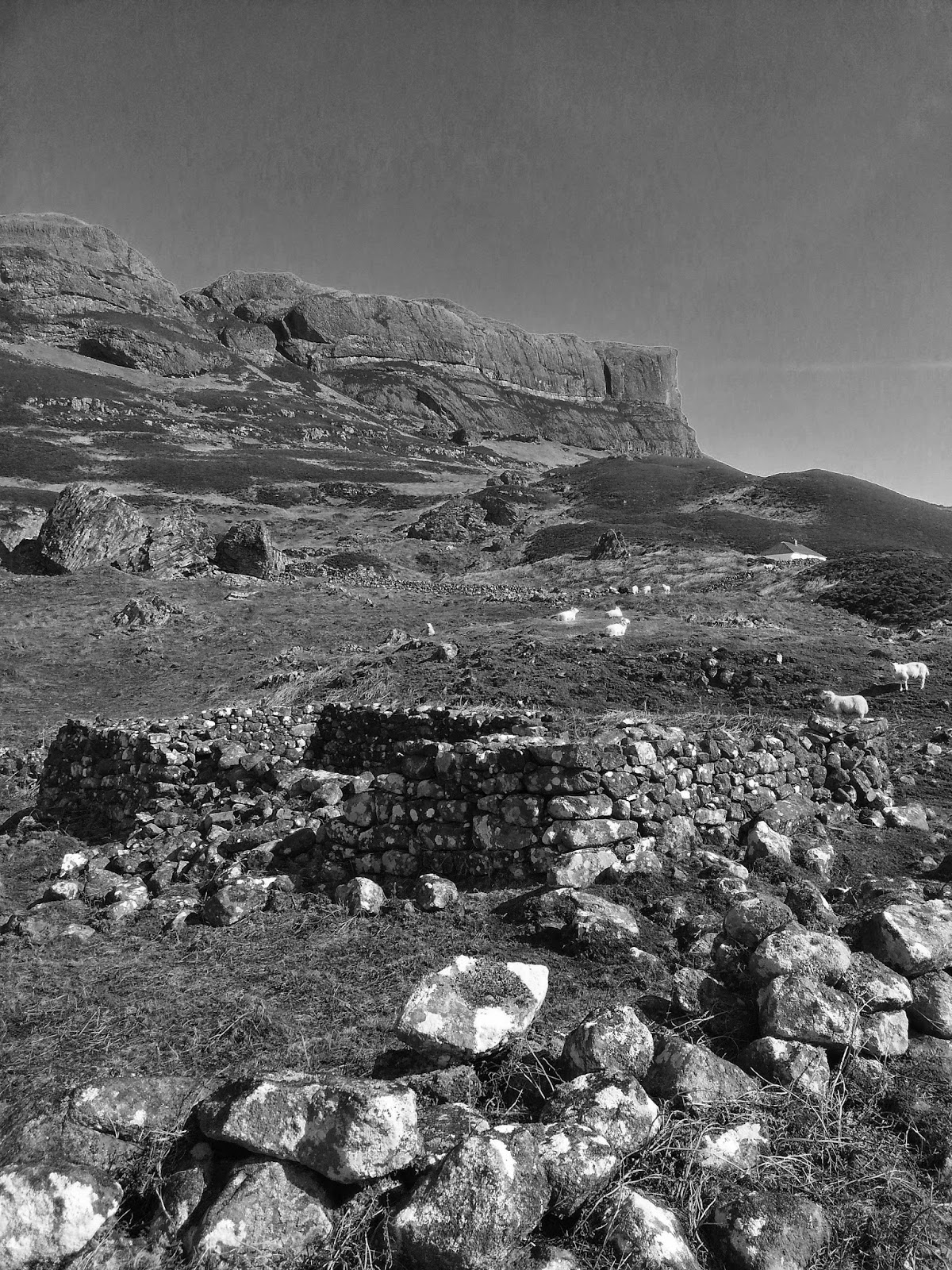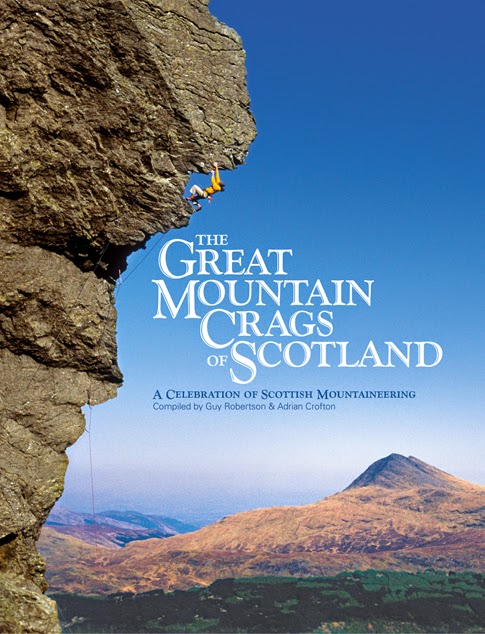Ben Lomond - a Gaelic palette
Loch Lomond, Wednesday 28th December 2016
Mist, water and silvery light: a very Gaelic palette in midwinter between the storms, which these days all have names - we've been through Barbara's tantrums and Conor's backlash, but today was one of those steamed-up car sort of days. Warmish air from the southwest is rolling about Loch Lomond and gathering a chill as it picks up speed towards the snow-patched summit, so I take the clockwise 'wind with my back' option, steeply up the Ptarmigan ridge from Rowardennan, hearing a chuckle in the mist which is either a red grouse or the eponymous bird. Each landmark on the map is a clue to the Gaelic landscape - Tom Fhithich I think may be the raven's beak-nosed boulder or crag half up towards the knoll of Ptarmigan, which just breaks the mist, and assumes the role of target summit for the meantime as the main peak is in cloud. The small hidden tarns are full of slushy grey ice and the 'yellow bealach' is all bleached grass, sphagnum and dying moss, flattened by wind and snow at various defiles bearing the Gaelic 'gaoithe' (windy), which begins to dominate the adjectival topography above 600m.
The scramble up between the darkened wet schist of the north-west ridge leads to various false summits above the northern steepness of the Leac na Caillich (the old woman's stones/slabs), so I pick out target landmarks on the path as the mist closes in and swathes everything in oblivion. At the sudden summit trig point, a fine beacon point ('Lomainn') in summer, a few parties munch on cold turkey sandwiches, hunkering against the wind. A raven flaps and bounces about like a torn black bin-bag, tipping its wingtips and honking for leftovers.
Below us lies the snowy confines of Coire a Bhathaich, which is a shelter of a 'byre' in Gaelic (at least from prevailing south-westerlies). The long Sron Aonach (nosed ridge) descent trail leads past another north-eastern corrie, where few wish to linger, hence the name - Coire Fuar (the cold corrie). As the path and altitude descends, the colours return to the palette - Coire Odhar (the brown/orange corrie) and Breac Leac (the speckled slabs). The quartz whites, exfoliated schist greys and orange grasses all gain a little more sharper focus as the path drops down past the sounding of water bubbling in growing burns and birdsong in forestry, as though someone had turned up the volume after the tinnitus of mist and wind...


